In the bustling world of canine companions, the charm of low-energy dogs is undeniable. These laid-back, calm canines offer a unique and soothing presence, making them a popular choice for various households.
Recognizing the significance of energy level compatibility is vital to fostering a happy and balanced partnership with your furry friend. Read on to explore the Best Low Energy Dog Breeds for Your Family.
What is a Low Energy Dog?
A low-energy dog is a canine companion with a more relaxed and less active demeanor than its high-energy counterparts. These dogs typically exhibit a calm disposition, preferring leisurely activities over intense physical exertion.
Low-energy level dogs are content with moderate exercise, making them suitable for families with a more laid-back lifestyle or individuals seeking a calm and affectionate companion.
Breeds like the Bulldog, Shih Tzu, and Basset Hound often fall into the category of low energy dog breeds providing a delightful mix of companionship and tranquility.
10 Best Low-Energy Family Dogs
When choosing a family dog, many households seek furry companions that match their lifestyle and energy levels. Low-energy dogs can be the perfect fit for families looking for a more relaxed and easygoing canine companion. These breeds provide unwavering loyalty and contribute to a serene home environment.
Bulldog
Bulldogs are renowned for their calm demeanor and affectionate nature. Their moderate exercise needs make them an excellent choice for families, and their friendly disposition makes them great with children. Their distinctive appearance adds a touch of charm to any household.
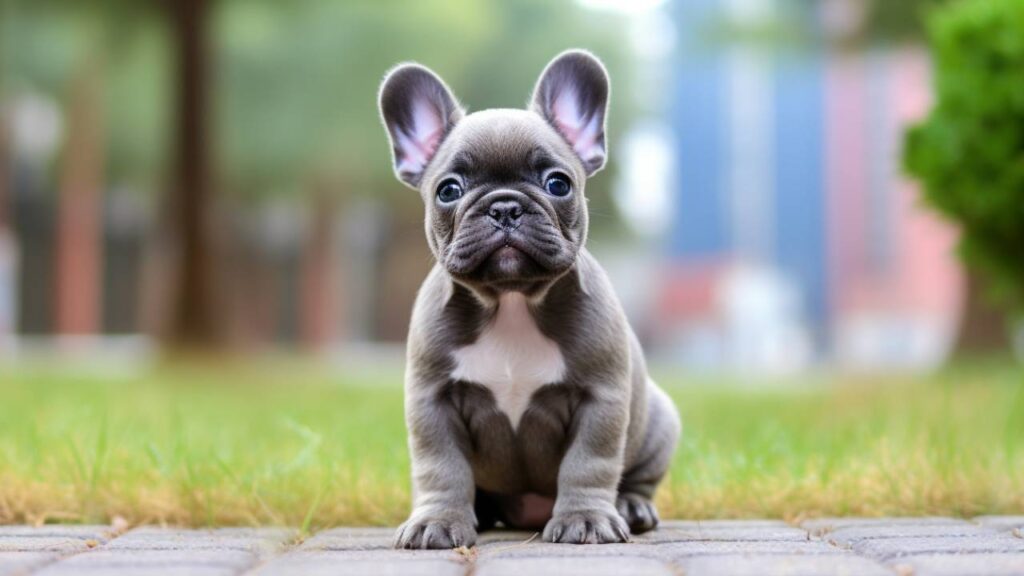
Basset Hound
With their floppy ears and soulful eyes, Basset Hounds are adorable and low-energy companions. They are known for their easygoing nature and get along well with children and other pets. Regular short walks are usually sufficient to keep them content.

Cavalier King Charles Spaniel
These small yet elegant dogs are friendly and adaptable to various living situations. Cavaliers thrive on human companionship, making them ideal for families seeking a loving and low-maintenance pet. Regular play and short walks are enough to keep them happy.

Shih Tzu
Shih Tzus are known for their affectionate and calm demeanor. These small dogs are great with children and adapt well to indoor living. Their long, flowing coats may require some grooming, but their loving nature makes them a delightful addition to any family.

Chow Chow
Despite their lion-like mane, Chow Chows are known for their laid-back attitude. They are loyal and protective, making them excellent family guardians. Chow Chows require moderate exercise and thrive in a calm, predictable environment.
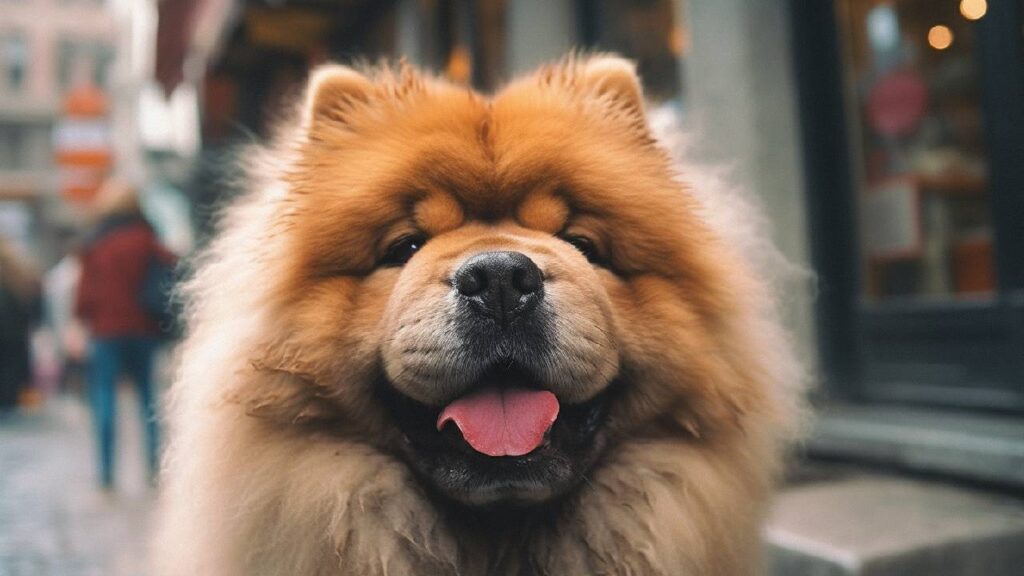
French Bulldog
French Bulldogs are charming and low maintenance when it comes to exercise. Their affectionate nature and adaptability make them suitable for apartment living or homes with small yards. They form strong bonds with their families and are known for their playful antics.

Cocker Spaniel
Cocker Spaniels are not only beautiful but also make wonderful family pets. They are gentle, good with children, and enjoy being part of family activities. Regular walks and playtime are enough to meet their exercise needs.
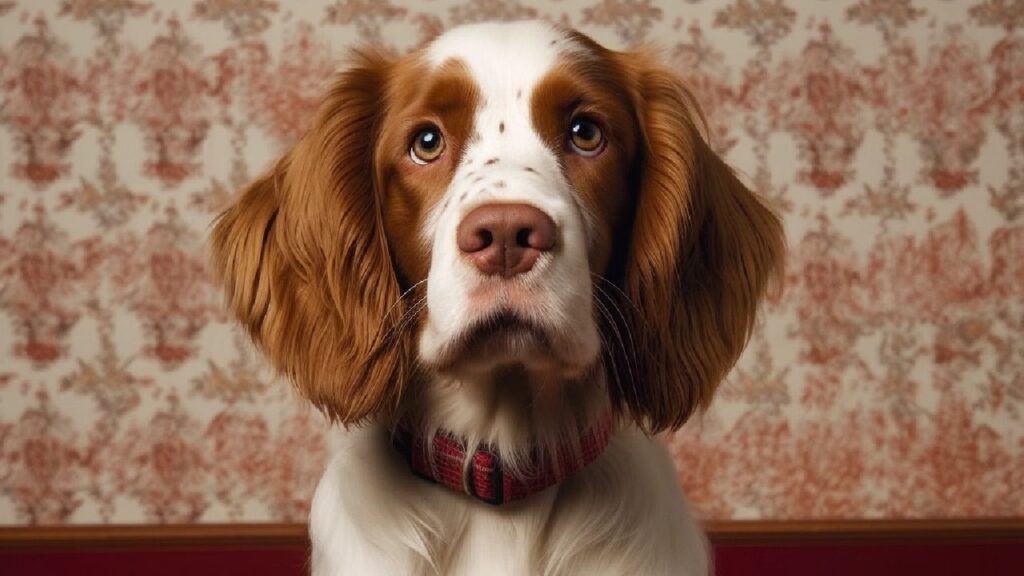
Shiba Inu
Shiba Inus are known for their independent yet loyal nature. They are moderate-energy dogs that adapt well to family life. Regular exercise and mental stimulation help keep them happy, and their alertness makes them good family watchdogs.
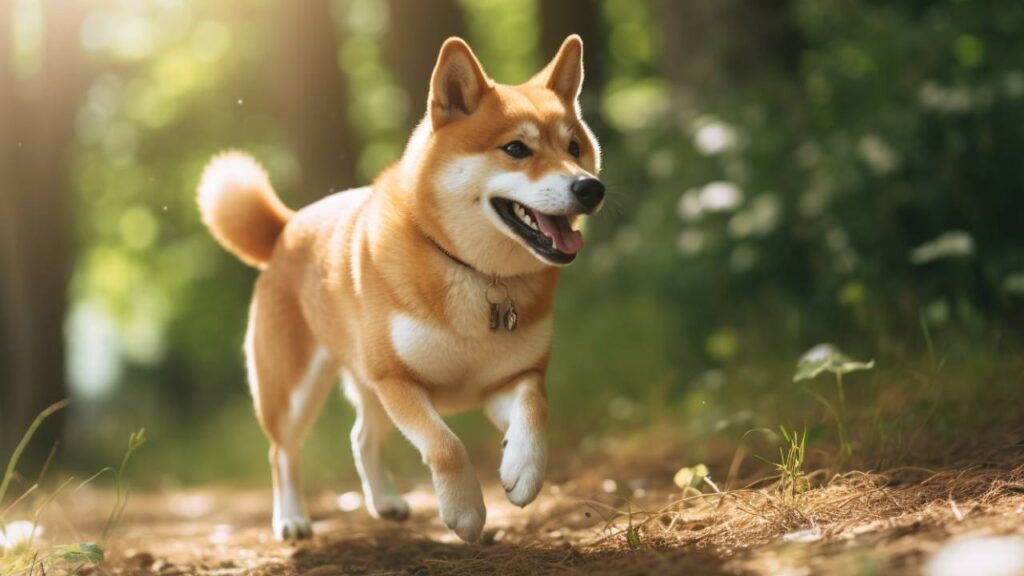
Bichon Frise
Adored for their fluffy charm, Bichon Frises make delightful family additions. These small dogs are friendly and affectionate and thrive on being the center of attention. With their playful nature, Bichon Frises effortlessly integrates into family activities, requiring regular play sessions and walks to keep them content and happy in their family environment.

Pug
Pugs are cLow-EnergyociablLow-energy are generally low-below-activity, enjoy short walks and play sessions, but are equally happy to lounge around the house.

5 Benefits of Low-Energy Dogs
Low-soft, low-energy dogs, also known as low-activity dogs, bring unique advantages to the lives of the low-energy. Let’s delve into the five key benefits of having a low-energy dog as your loyal companion.
- Tranquil Home Environment
One of the primary benefits of low-energy dogs is their contribution to creating a tranquil home environment. These dogs are less likely to engage in excessive barking, hyperactive behavior, or destructive habits.
Their calm disposition fosters a peaceful activity, ideal for individuals living in apartments or houses with limited space.
- Ideal for Busy Lifestyles
For individuals with busy schedules, low activity dogs are a perfect match. Unlike high-energy breeds that demand rigorous exercise routines, these dogs are content with shorter walks and less intense playtime.
This makes them adaptable to the low-energy lifestyles of working professionals, ensuring that they remain happy and healthy even with limited daily exercise.
- Well-Suited for Apartments
Small low energy dogs, in particular, are well-suited for apartment living. Their compact size allows them to thrive in confined spaces without needing a large yard.
This makes them an excellent choice for urban dwellers or those with limited outdoor areas, as they can comfortably adapt to living in smaller homes.
- Family-Friendly Nature
Low-energy family dogs exhibit a gentle and patient demeanor, making them ideal companions for households with children. These breeds often form strong bonds with family members and are known for their tolerance and adaptability.
Families with young children can benefit from these dogs’ calm and low-activity nature, providing everyone with a safe and enjoyable experience.
- Reduced Exercise Demands
Unlike high-energy dogs that require extensive daily exercise, low activity dogs have more manageable exercise demands. This makes them suitable for individuals with physical limitations or health concerns that prevent them from engaging in strenuous low energies.
Owners of low-energy energy can enjoy the companionship of their pets without feeling overwhelmed by demanding exercise routines.
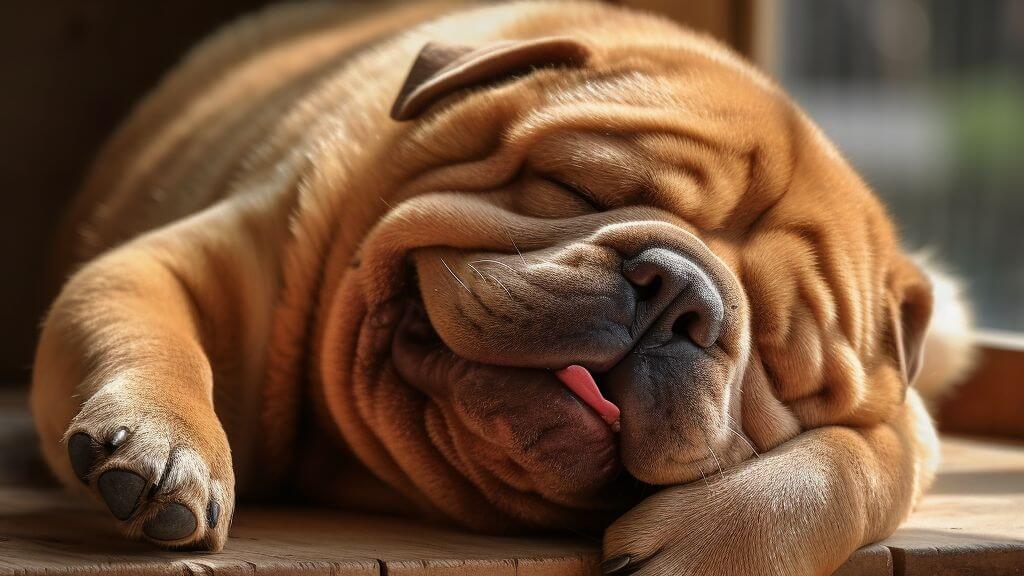
How to Identify a Low-Activity Dog
Identifying a low-energy dog involves observing various behavioral cues and understanding the characteristics associated with these breeds. Here are vital factors: low-energy when determining if a dog has a low energy level.
Behavioral Characteristics and Signs
Understanding low-energy dogs’ behavioral characteristics and signs is essential for low-energy prospective owners seeking a compatible canine companion. Here are five common traits that indicate a dog may have a low energy level.
- Calm Demeanor
Low energy dogs typically exhibit a calm and relaxed demeanor. They are not overly excitable and tend to remain composed in various situations. Observing a dog’s overall demeanor, especially in new environments or with low-energy new people, can provide insights into their energy levels.
- Moderate Exercise Tolerance
Unlike high-energy breeds that thrive on vigorous exercise, low energy dogs have a more moderate tolerance for physical activity. They may show contentment with shorter, low-activity, intense play sessions. Observing how dogs respond to exercise and play can help gauge their energy level.
- Low Prevalence of Destructive Behavior
Low activity dogs are less likely to engage in destructive behaviors such as excessive chewing, digging, or scratching. Their lower energy levels often translate to a more relaxed approach to their surroundings, reducing the likelihood of destruction. Assessing a dog’s behavior when left alone can provide insights into their energy level.
- Minimal Barking
While all dogs vocalize to some extent, low energy dogs typically exhibit minimal barking compared to more high-strung breeds—their quieter natuLow-energies to a peaceful home environment. Observing a dog’s barking tendencies can help determine their energy level.
- Relaxed Interaction with Other Pets
Low energy dogs often display a relaxed and tolerant attitude when interacting with other pets. They may not be as assertive or dominant, making them suitable for households with multiple animals. Observing how dogs interact with other animals can provide valuable information about their energy level and sociability.
The Role of Breeds and Genetics
A combination of genetics and breed characteristics influences a dog’s energy level. Understanding the role of breeds and genetics in determining energy levels is essential for prospective owners seeking a dog that aligns with their lifestyle. Here are key factors to consider.
- Breed-Specific Traits
Different dog breeds have distinct traits and characteristics that influence their energy levels. While individual variation exists within each breed, certain breeds are known for having generally low energy levels. Researching specific breeds and their typical energy traits can help identify a dog that matches your preferences.
- Genetic Predisposition
Genetics play a significant role in shaping a dog’s overall temperament and energy level. A dog’s genetic predisposition, inherited from its parents, contributes to its behavior, activity level, and general disposition. When obtaining a dog from a breeder, understanding the genetic history of the parents can offer insights into the potential energy level of the offspring.
- Mixed-Breed Considerations
Predicting energy levels based solely on breed characteristics may be challenging for mixed-breed dogs. Observing the dog’s behavior, temperament, and energy level becomes even more critical.
Spending time with a dog before adoption or purchase allows prospective owners to assess its compatibility with their lifestyle.

The Joy of Owning a Low-Energy Dog
Owning a low-energy dog can be a source of immense joy, as these caniuniqueanions bring a unique charm to energy. In this section, we’ll explore the real-life stories and testimonials of individuals who have experienced the special pleasure of sharing their lives with low-energy dogs.
Real-Life Stories and Testimonials
Connecting with Canine Companions
Many dog owners have shared heartwarming stories about the joy of owning low-energy dogs. From the calming presence of these furry friends to the unconditional love they offer, these testimonials paint a vivid picture of the positive impact of low-activity dogs on our daily lives.
A Therapeutic Bond
Some owners express how their low-energy dogs have become more than just pets; they’ve become therapeutic companions. The soothing and gentle nature of these dogs has helped individuals cope with stress, anxiety, and even depression. Real-life stories highlight the transformative power of the bond between humans and their low-energy canine friends.
Celebrating the Unique Personalities of Low-Energy Dogs
Understanding the unique pelow-energy dogs and celebrating low-energy dogs are crucial for prospective owners seeking a compatible canine companion. Here are some common personalities that a low energy dog might have.
A Mellow Demeanor
Low-energy dogs often exhibit personalities characterized by calmness and a relaxed demeanor. Each breed brings its unique traits, but collectively, they are known for their easygoing nature and ability to create a peaceful atmosphere at home.
Unconditional Love and Affection
These dogs are known for their unwavering loyalty, providing a constant source of companionship and affection. Real-life examples showcase the heartening relationships between owners and their low-energy canine friends.
Training and Exercising Low-Energy Dogs
While low-energy dogs may not require the same intense exercise regimens as high-energy breeds, physical activity is still crucial for their well-being. Tailoring exercise routines to individual needs ensures these dogs stay healthy and happy.
Finding the Right Balance
Owners share insights into striking the perfect balance between providing enough exercise to keep their low-energy dogs physically fit without overwhelming them. From leisurely walks to engaging play sessions, real-life examples offer practical tips for tailoring exercise routines to suit each dog’s unique needs.
Building a Stronger Bond
Mental stimulation keeps low-activity dogs sharp and strengthens the bond between owners and their pets. Owners have witnessed increased responsiveness and a deeper connection with their low-energy dogs by incorporating activities that challenge their minds.

Adopting a Low Energy Dog: Considerations
Adopting a low-energy dog can be a rewarding experience, but it’s crucial to consider various factors to ensure a harmonious match between your lifestyle and your new furry friend. Here are some key considerations:
Matching Your Lifestyle with the Right Breed
Before adopting a low-energy dog, assess your daily routine, living situation, and activity level. Different soft-energy dog breeds have varying needs, so finding a match that aligns with your lifestyle is essential.
Some breeds are content with short walks and indoor play, while others may require more exercise.
Rescuing and Adopting
Consider adopting from a local shelter or rescue organization. Many low-energy dogs in shelters are overlooked because of misconceptions about their energy levels.
Adopting a dog in need provides a loving home and reduces the homeless animal population.
Patience and Understanding
Low-energy dogs often have calm and relaxed temperaments but may require adjusting to their new surroundings.
Be patient and understand- energy when a new companion settles in, and provide a comfortable, stress-free environment to facilitate the transition.
Explore Top 10 Family Dog Breeds
5 Exercises for a Low-Energy Dog
While low-energy dogs may not require vigorous exercise like their high-energy counterparts, they still benefit from regular physical activity to maintain good health and prevent boredom. Here are five exercises tailored for low-energy dogs:
- Leisurely Walks
Take your low-energy dog on leisurely walks around the neighborhood. This provides exercise and allows your dog to explore and engage with their surroundings comfortably.
- Indoor Playtime
Engage your dog in indoor play sessions, incorporating gentle games like fetch or tug-of-war. Indoor play is particularly beneficial during inclement weather or for dogs with limited mobility.
- Puzzle Toys
Stimulate your dog’s mind with puzzle toys that dispense treats. This mental stimulation is a great way to keep your low-energy dog entertained and engaged without requiring excessive physical exertion.
- Gentle Obstacle Courses
Set up a simple obstacle course in your backyard or living space. Use low hurdles, tunnels, or weave poles to encourage movement and mental engagement without overwhelming your dog with high-intensity activities.
- Swimming
Swimming is an excellent, low-impact exercise for low-energy dogs that enjoy the water. Consider introducing your dog to a shallow pool or a dog-friendly beach for a refreshing, low-stress workout.

The Importance of Mental Exercise
In addition to physical activity, mental stimulation is vital for low-energy dogs. You can keep your canine companions mentally engaged.
Mental Stimulation for Dogs with Low Energy Levels
Mental stimulation is crucial for dogs, including those with low energy levels. Keeping their minds active helps prevent boredom and contributes to overall well-being. Here are some effective ways to provide mental stimulation for your low-energy dog:
- Interactive Toys
Invest in interactive toys that dispense treats or require problem-solving. These toys engage your dog’s cognitive abilities and provide a rewarding challenge.
- Training Sessions
Regular training sessions, even for basic commands, provide mental stimulation for your dog. Use positive reinforcement techniques and keep sessions short and enjoyable.
- Scent Games
Hide treats or toys around your home or in the yard, encouraging your dog to use their sense of smell to locate the hidden treasures. This taps into their instincts and provides a mentally stimulating activity.
- Rotate Toys
To prevent monotony, rotate your dog’s toys regularly. Introduce new toys and hide others for a while before bringing them back into the rotation. This keeps the novelty alive and maintains your dog’s interest.
- Engaging with Nature
Take your low-energy dog on nature walks or outings. The outdoors’s sights, sounds, and smells offer a rich sensory experience, providing mental stimulation in a calming environment.
Adopting a low-energy dog requires thoughtful consideration, and providing appropriate exercises and mental stimulation is vital to ensuring a happy and healthy life for your new companion.
Conclusion
Identifying and understanding low-energy dogs involves a combination of behavioral observation, awareness of breed-specific traits, and consideration of genetic factors. Embrace the joy of soft energy dog companionship, and experience the rewards of a tranquil, loving bond with your four-legged friend.
The unique traits of these canine companions, including their family-friendly nature and reduced exercise demands, make them ideal for various households.

FAQs
What’s the difference between low-energy and lazy dogs?
Low-energy dogs are calm and composed of enough-energy rate exercises. “Lazy” implies a lack of interest, whereas quiet-energy dogs can be active when engaged.
What is the difference between low-energy and high energy dogs?
The primary difference lies in activity levels. Low-energy dogs have a more relaxed demeanor and are content with moderate exercise. On the other hand, high-energy dogs require intense physical activity to stay satisfied.
Can a low-energy dog thrive in an apartment setting?
Small, large dogs are particularly well-suited for apartment living. Their compact size and moderate exercise needs make them adaptable to confined spaces, providing a perfect fit for urban or apartment dwellers.
What’s the lifespan of most low-energy dog breeds?
Lifespans vary by breed, but many low-energy breeds enjoy a relatively long life. On average, small, low-energy dogs may live 12-16 years, while larger breeds like the Greyhound can have a 10-14 years lifespan.
Are there low-energy dog breeds that still enjoy outdoor activities?
While low-energy dogs may not demand vigorous exercise, many still enjoy outdoor activities. Breeds like the Basset Hound or Bulldog may have a laid-back nature but appreciate occasional outdoor adventures.
Do low-energy dogs get along with other pets?
Low-energy dogs tend to have amiable temperaments and can get along well with other pets. Proper introductions and socialization are essential, regardless of energy levels.
Can I adopt a low-energy dog if I have a busy schedule?
Low-energy dogs can be suitable for individuals with busy schedules. Their lower exercise needs make it more manageable to meet their requirements within an active lifestyle.






As someone with a laid-back lifestyle, I appreciate learning about low-energy dog breeds
Do you have any recommendations for apartment-friendly breeds?